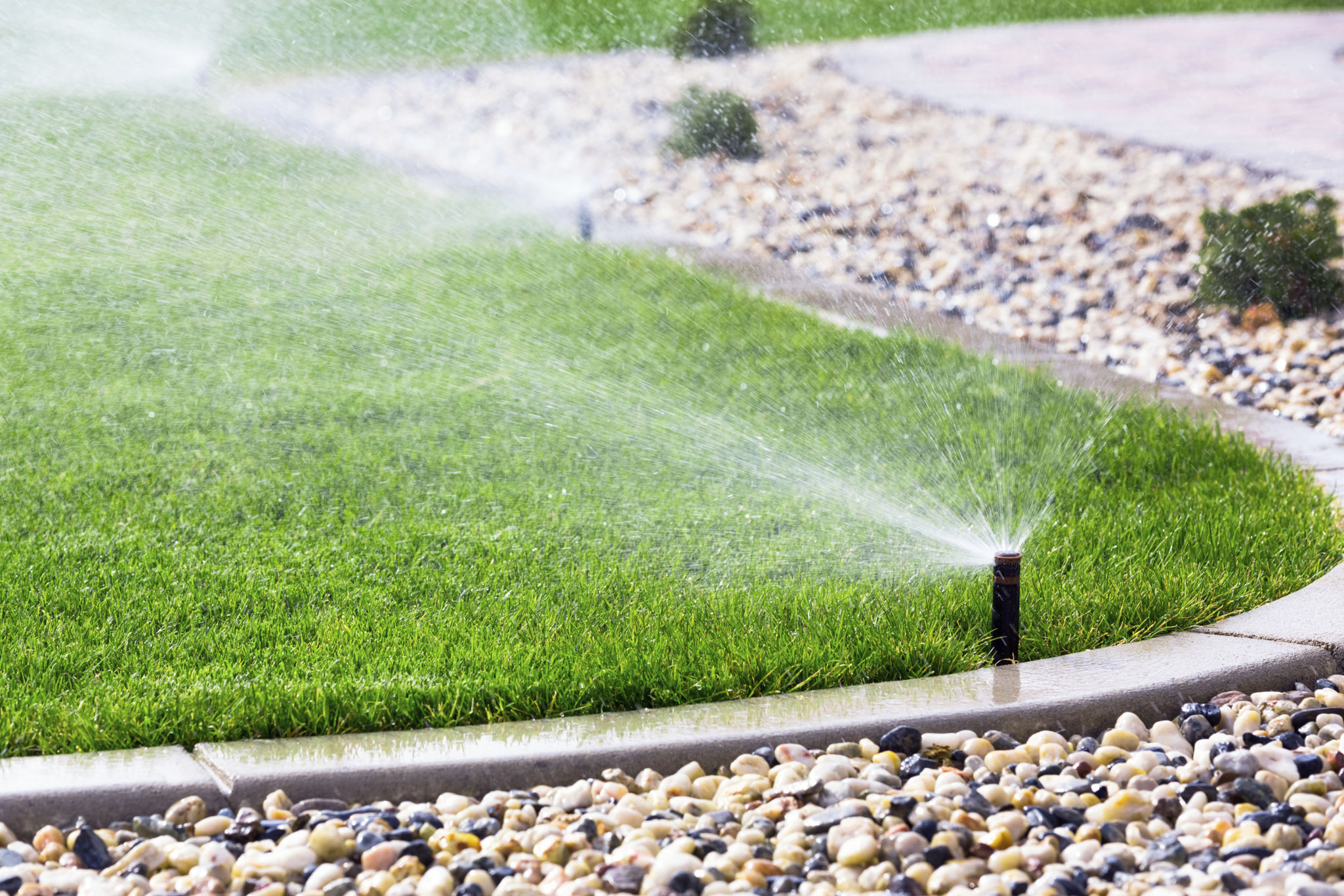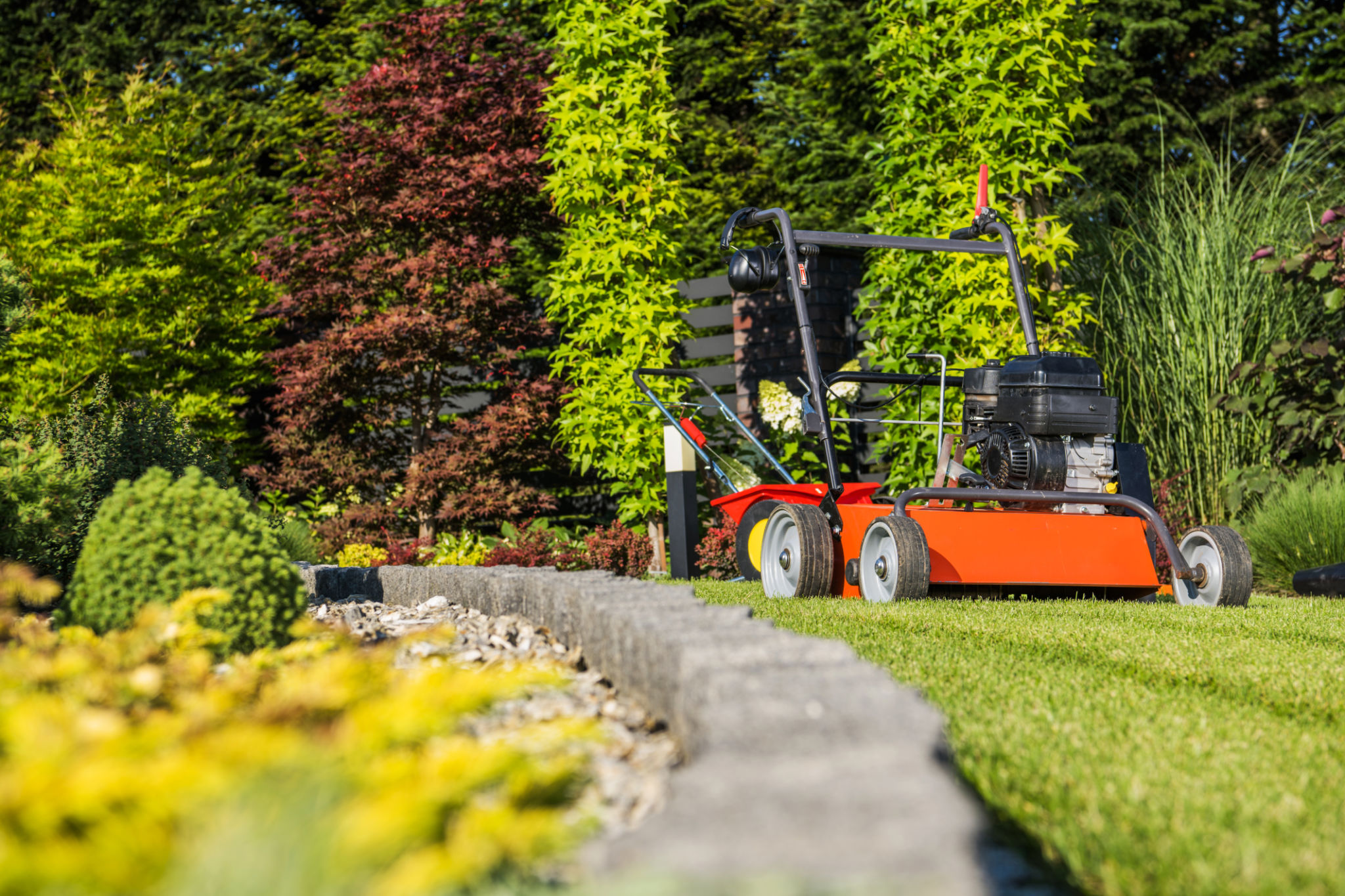DIY Lawn Care Tips for Every Season
Spring Lawn Care
As the cold winter months give way to the warmer days of spring, it's time to breathe new life into your lawn. Begin by raking to remove any debris, such as leaves and twigs, that may have accumulated over the winter. This helps promote better air circulation and prevents mold and disease.
Next, test your soil's pH levels. Spring is the ideal time to ensure your soil is balanced, which can be done with a home testing kit. If necessary, apply lime to increase alkalinity or sulfur to reduce it. A balanced pH is crucial for the health of your grass.

Overseeding your lawn in spring can help fill in bare spots and encourage a lush, green carpet. Choose a high-quality grass seed blend suitable for your climate and existing grass type. Water the area regularly until the seeds germinate and establish roots.
Summer Lawn Maintenance
Summer heat can stress your lawn, so it's essential to adjust your care routine accordingly. Start by mowing at a higher setting, as longer grass blades provide shade for the soil, reducing water evaporation and protecting roots from the scorching sun.
Water your lawn deeply but infrequently. It's better to water less often but thoroughly to encourage deeper root growth. Aim for about 1 inch of water per week, either from rainfall or irrigation.

Keep an eye out for pests and diseases during summer, as they can quickly damage your lawn. Use natural pest control methods or environmentally friendly pesticides to manage any infestations.
Fall Lawn Preparation
Fall is a critical time for lawn care, as it prepares your grass for the upcoming winter months. Start by aerating your lawn to alleviate soil compaction and improve nutrient absorption. This process involves removing small plugs of soil, allowing air and nutrients to reach the grassroots.
After aeration, apply a slow-release fertilizer to provide essential nutrients that will help your lawn withstand the winter. Focus on fertilizers high in potassium, which strengthens grass cell walls.

Fall is also the perfect time for overseeding again, especially if you notice thin patches in your lawn. The cooler temperatures and increased rainfall create ideal conditions for seed germination.
Winter Lawn Care
Winter requires minimal lawn care, but a few simple steps can ensure your grass emerges healthy in spring. Avoid excessive foot traffic on frozen grass, as it can damage fragile blades.
Regularly clear any fallen leaves or debris, which can smother the grass and lead to mold growth. If you live in an area with heavy snowfall, consider using a snow blower rather than shoveling directly on the grass to prevent damage.
By following these seasonal tips, you can maintain a beautiful lawn year-round. Each season presents unique challenges and opportunities, but with a little effort and care, you can enjoy a vibrant outdoor space no matter the time of year.